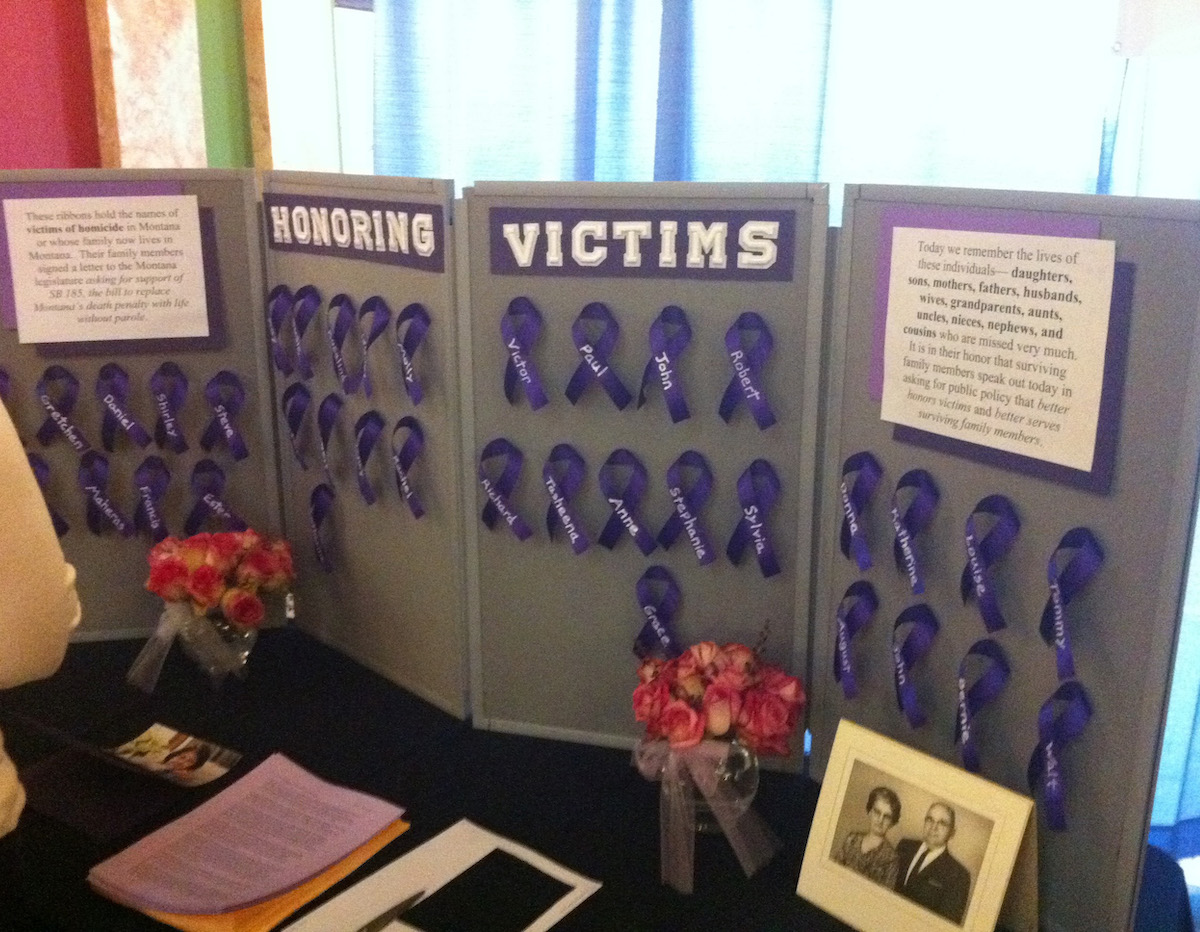
This week is National Crime Victims’ Rights Week. The theme this year is Serving Victims. Building Trust. Restoring Hope., which highlights the need for early intervention and victims services that build trust with crime survivors, and creates hope that healing is possible.
We’ve been working with crime survivors for over 10 years. And what we’ve learned from them over and over again is that these services – and a commitment to healing – remain out of reach for the vast majority of them.
Crime survivors aren’t getting the help they need
The numbers agree – estimates are that more than 90% of crime survivors don’t access any victims services. You read that right: 90% of the people in the U.S. who’ve been hurt, robbed, shot, assaulted, abused, raped, or had a family member murdered got no formal help to process their trauma, cope with their grief, or rebuild their lives in even practical ways.
Criminal justice reform has become a hot topic in the last year, and for good reason. But the analysis for building a better justice system is incomplete if the only focus is which people to get out of prison.
We must also make sure that those who have been harmed get help to heal. Sometimes those folks are even the same people. That’s easy to see just by looking at death row – packed with people who were beaten, sexually abused, and far worse, before they ever hurt another person. That doesn’t excuse what they did. It gives us a roadmap for how we can do better. What if there were more in place to help them at the time they were victimized? Might another life have been saved?
Race plays a role in who gets help
One way to fill these gaps is to expand victims services to underserved communities – including commuities of color. People of color are more likely to be victims of violence but less likely to get help for their victimization. Any call for racial equity in the justice system must include correcting that unacceptable fact.
Yet organizations that serve crime survivors of color don’t often identify as victims services organizations at all. EJUSA staffer Latrina Kelly-James described this for the Christian Community Development Association’s blog:
For example, a minister’s association that wants to put victim advocates in the neighborhood churches where violence is most rampant; a program that works with formerly incarcerated men who are victimized after their release; an association of black churches that organizes around poverty, education, and health; and many more.
These organizations and others like them may not identify as victim service providers, but so many of the people they serve have been harmed by violence. Being closest to the trauma in their communities, organizations and community groups may have informal ways of providing support, many of which are rooted in unique social, cultural, or spiritual contexts, or provide the only services available to people of color in their areas.
What you can do
You can help us reach those groups, by spreading the word about EJUSA’s VOCA Toolkit.1 This robust guide is geared for community organizations to learn how to apply for victims services funding through VOCA for the first time. The resource includes an overview of eligibility requirements, types of covered services, and ways that groups’ existing activities can align with VOCA’s guidelines. It also includes tools to help create a budget, manage funds, track data, and report impact.
EJUSA will also announce upcoming VOCA fund application deadlines on our website and through Twitter, so groups know when to apply in each state. To date, we have helped organizations in New Jersey, Louisiana, Washington, California, Colorado, Pennsylvania, New Jersey, and Michigan to navigate the process, apply, or build their capacity to apply in the future.
Together, we can ensure that the greatest possible portion of new VOCA funding reaches those most impacted by violence and least served by existing services:
- Make sure that relevant groups you know (or your own group!) are aware of our VOCA Toolkit as a resource for seeking funding.
- If you have questions about VOCA or need help when putting together your application, please reach out to Latrina at latrinakj@ejusa.org or (203) 823-5826.
- Preserve VOCA funding for 2017. Later this year Congress will once again decide whether to increase, sustain, or cut VOCA funding for next year. EJUSA will let you know when it’s time to make a call to support sustaining VOCA funds at the higher level.
Thank you.
- Federal funds for victims services are known as “VOCA” (Victims of Crime Act) funds. December 2014, the amount of VOCA funds released by Congress was tripled from $745 million to over $2 billion. The increase was sustained for 2016 and we must protect the increase in future years. This increase of funds presents a unique opportunity to advance racial equity and extend the reach of victim services to include the full range of survivors—all without having to draw a penny away from the essential and life-saving services that are already funded.



